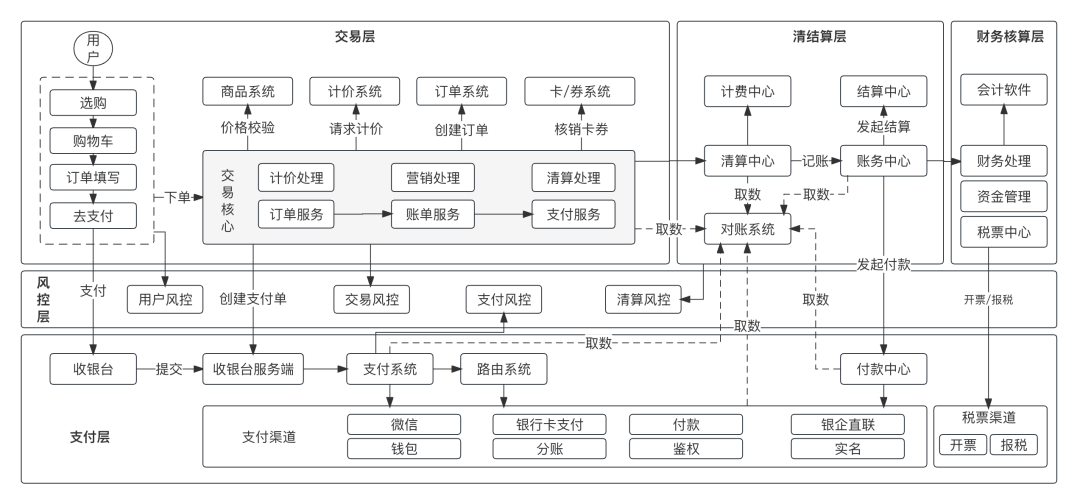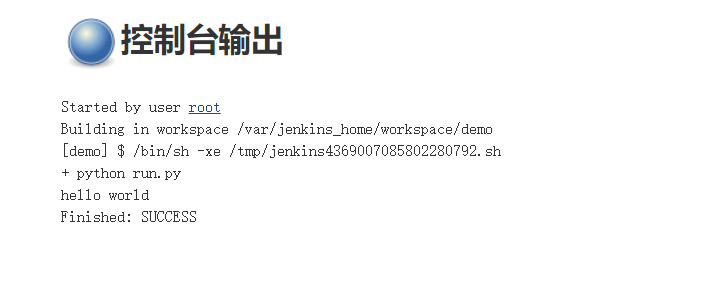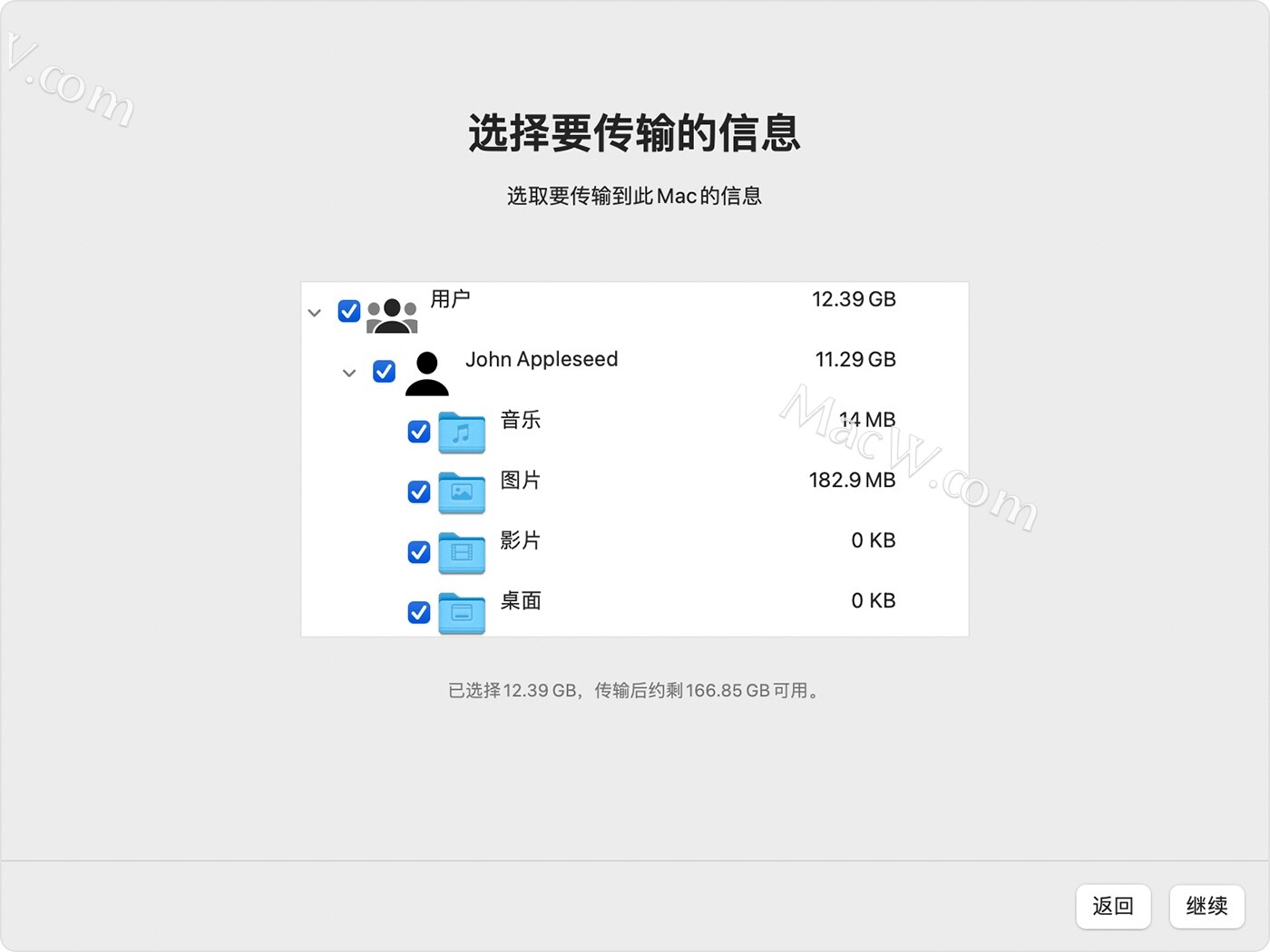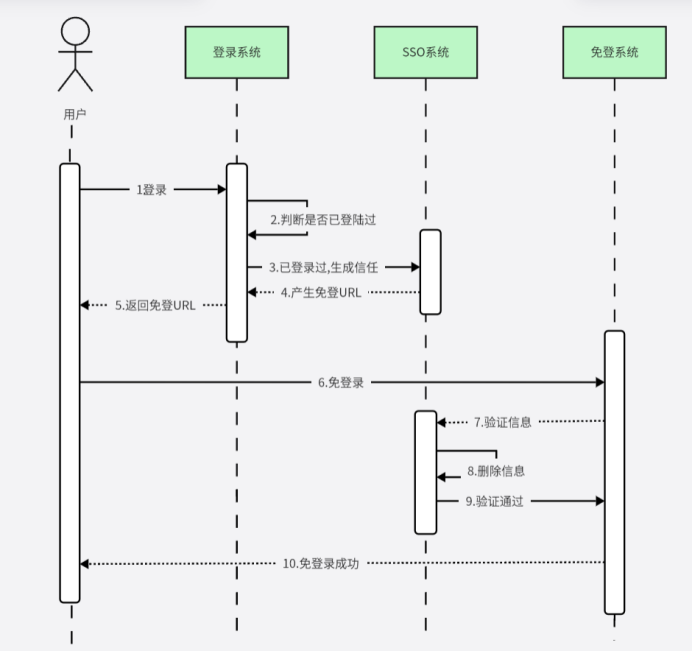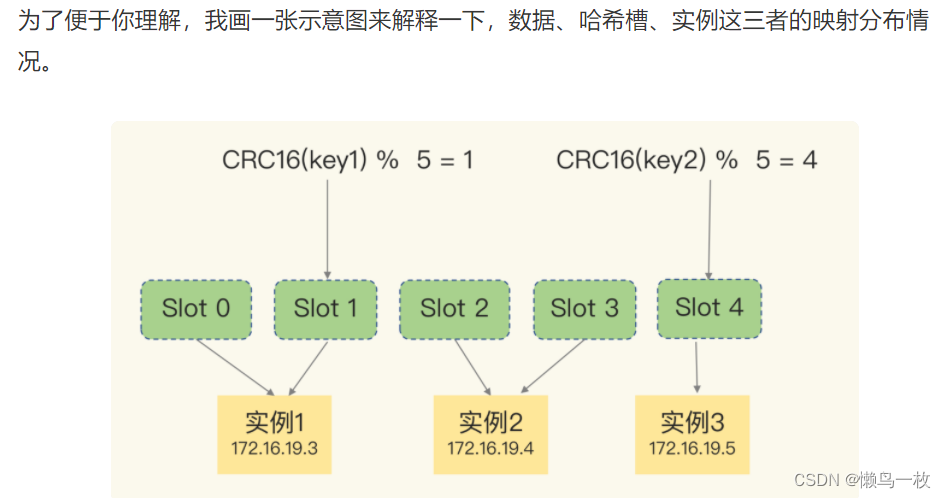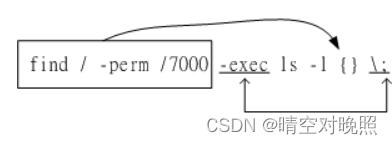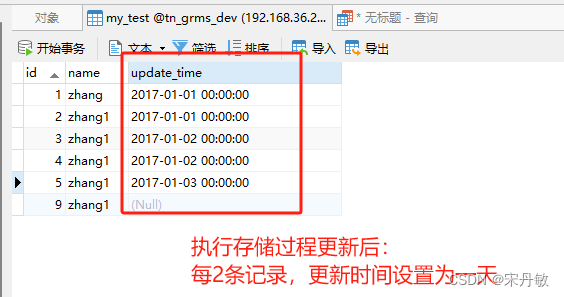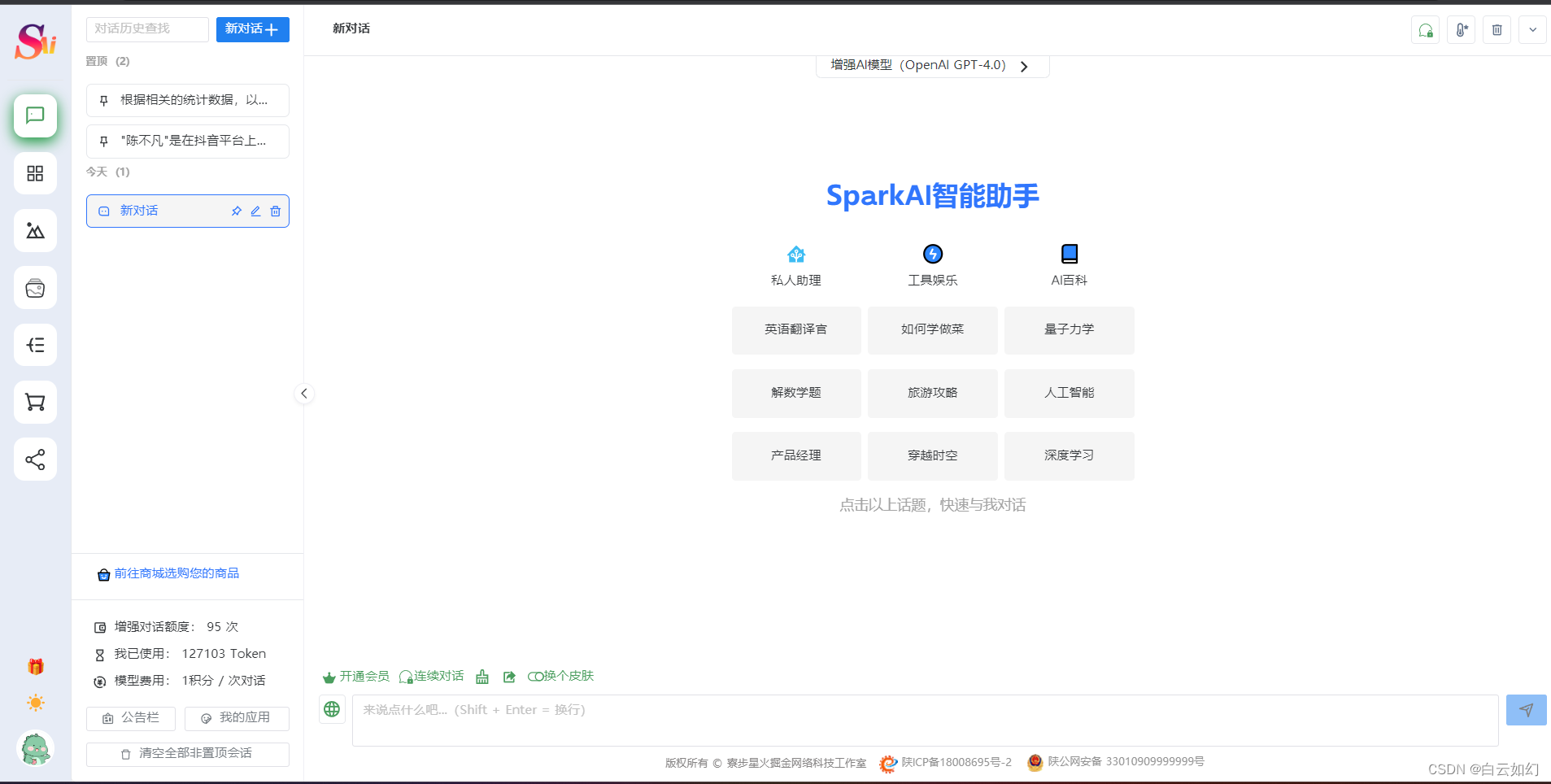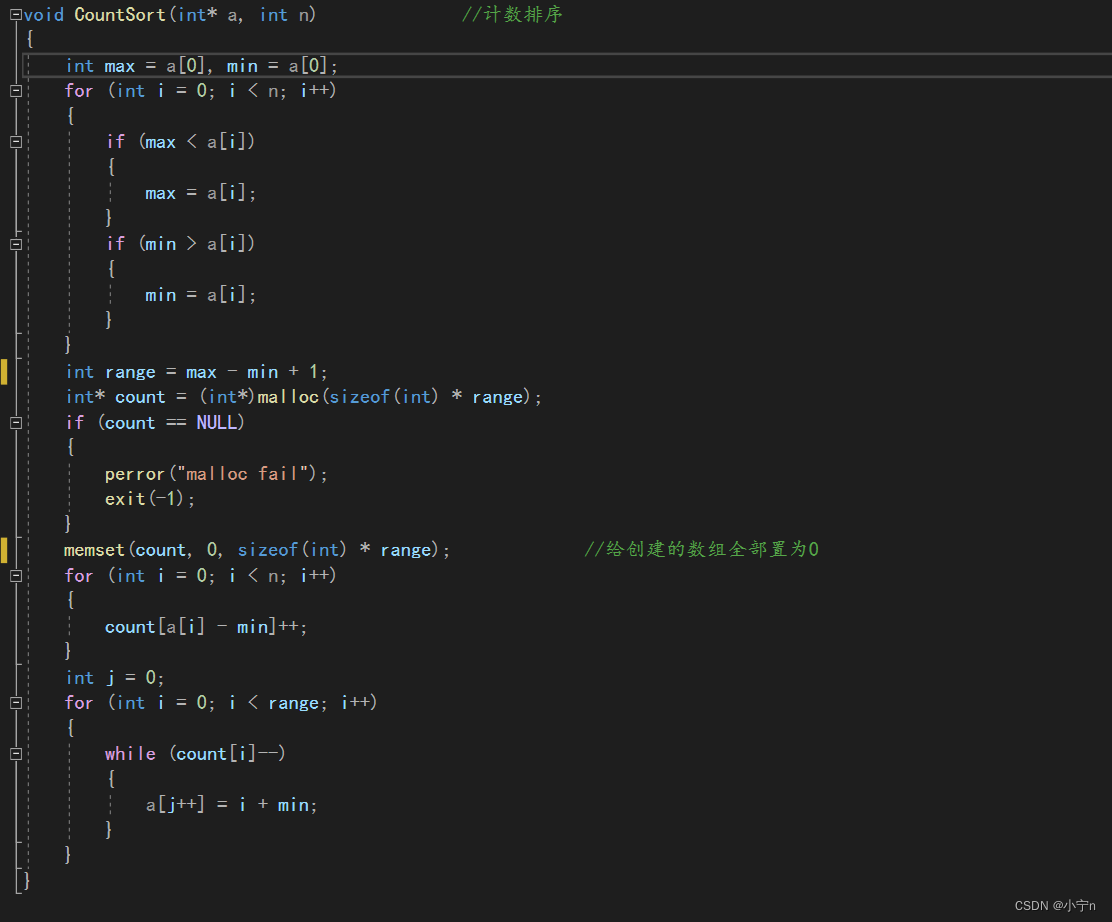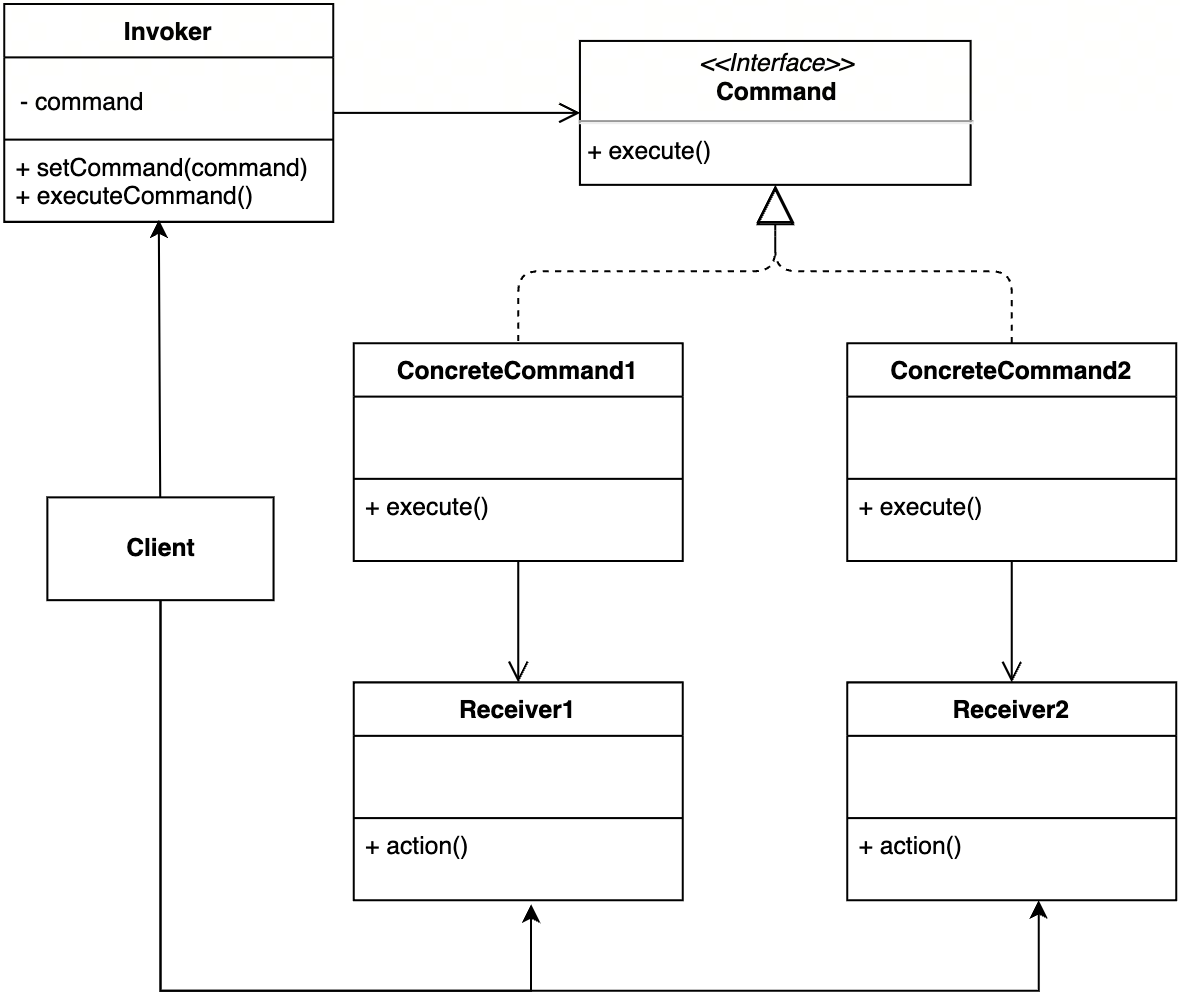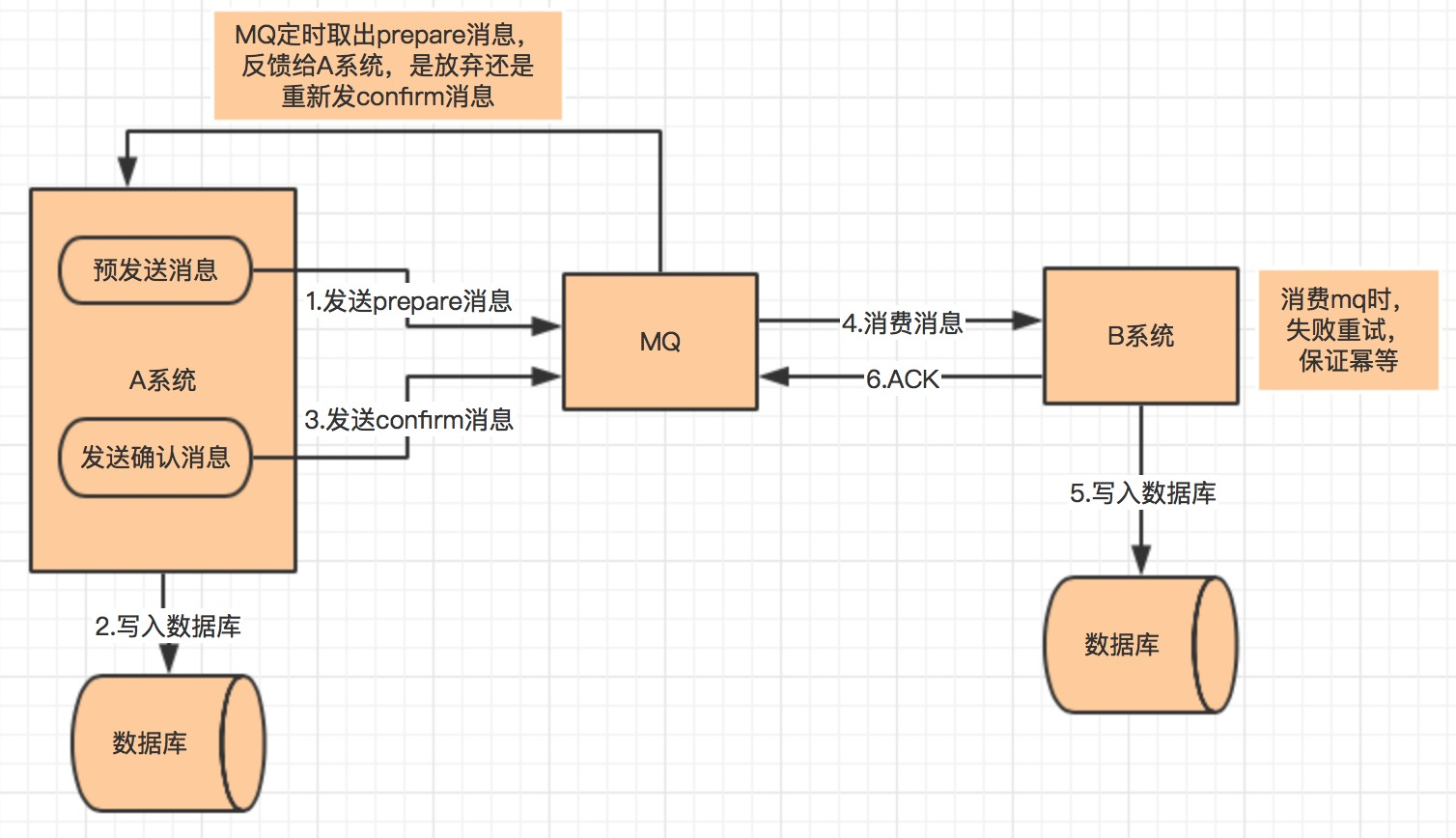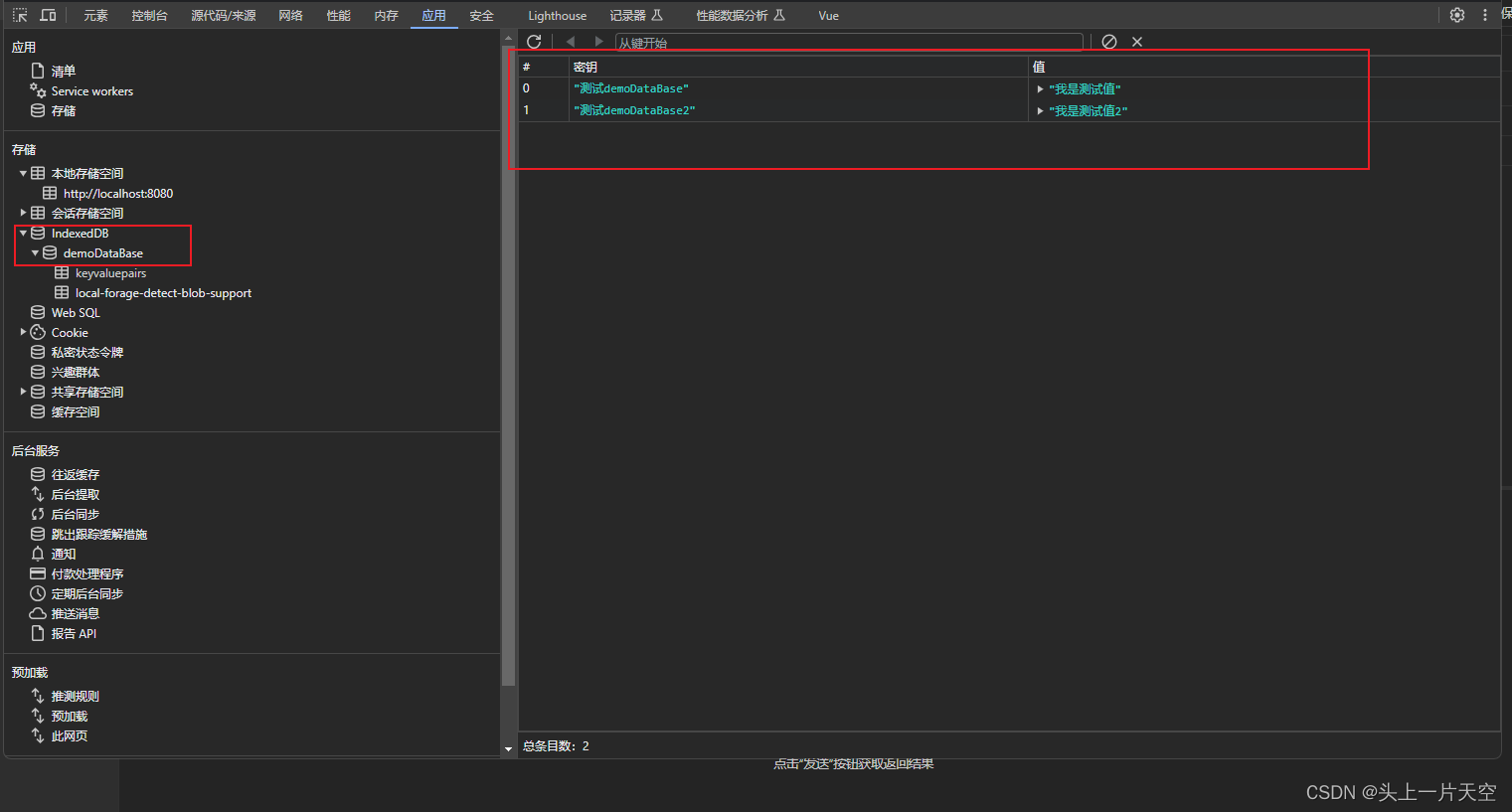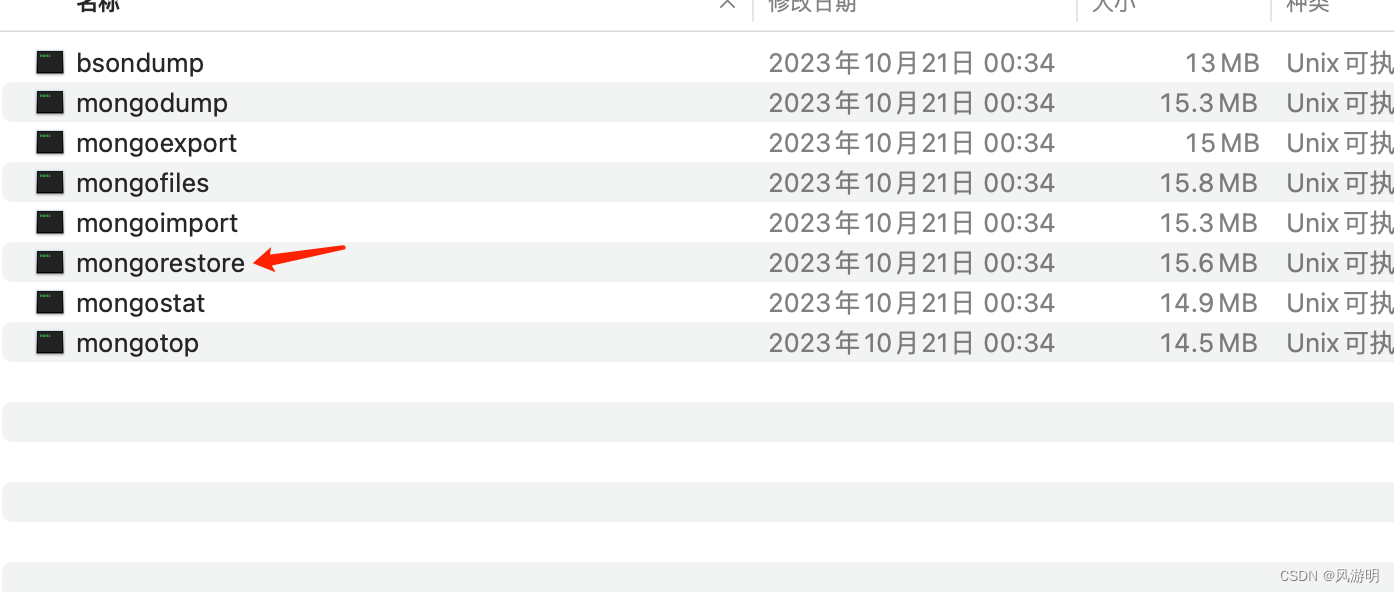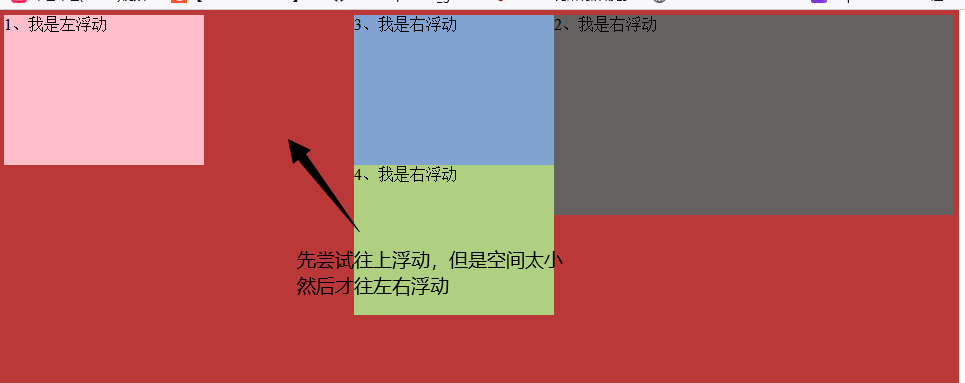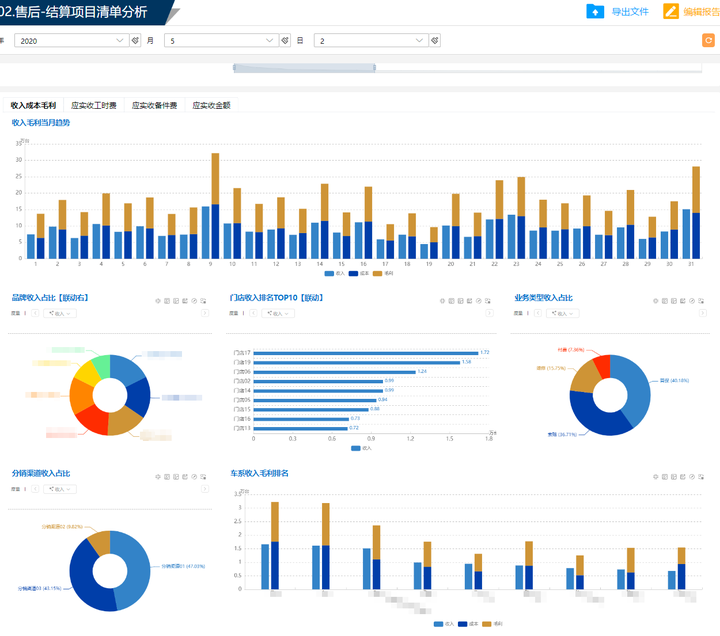电商零售商家需求预测及库存优化问题
数据和题目来源于 2023 年 MathorCup 高校数学建模挑战赛——大数据竞赛
只有第一问,使用ARIMA做预测,使用聚类算法做特征相似性
1 数据读取和处理
1.1 清除重复值
注意附件4要去重,原来是56条数据,去重后是54条数据。
print(fujian1_df.shape)
fujian1_df = fujian1_df.drop_duplicates()
print(fujian1_df.shape)
print(fujian2_df.shape)
fujian2_df = fujian2_df.drop_duplicates()
print(fujian2_df.shape)
print(fujian3_df.shape)
fujian3_df = fujian3_df.drop_duplicates()
print(fujian3_df.shape)
print(fujian4_df.shape)
fujian4_df = fujian4_df.drop_duplicates()
print(fujian4_df.shape)
(331336, 5)
(331336, 5)
(2302, 4)
(2302, 4)
(37, 4)
(37, 4)
(56, 3)
(54, 3)
1.2 数据合并,后面可能会用到
merged_df= pd.DataFrame()
merged_df = pd.merge(fujian1_df, fujian2_df, on='product_no', how='inner')
merged_df = pd.merge(merged_df, fujian3_df, on='seller_no', how='inner')
merged_df = pd.merge(merged_df, fujian4_df, on='warehouse_no', how='inner')
merged_df.sort_values(by='date', ascending=True, inplace=True)
merged_df.shape
合并完数据是33w条数据,13维特征。
2 使用ARIMA模型做预测
每个组合单独预测模,总共1996条数据,每个数据单独做一个模型训练和预测,速度可以接受。
遍历每个组
i=0
for group_key, group_data in grouped:
seller_no, product_no, warehouse_no = group_key
# 拟合ARIMA模型
model = sm.tsa.ARIMA(group_data['qty'], order=(1, 1, 1))
# 训练模型
model_fit = model.fit()
# 使用模型进行未来15天的销量预测
forecast = model_fit.forecast(steps=15)
# 将预测结果存储在DataFrame中,其中包含日期和销量
forecast_df = pd.DataFrame({'seller_no':seller_no,'product_no1':product_no,
'warehouse_no1':warehouse_no,'date':future_dates,
'qty': forecast})
combined_lis.append(forecast_df)
if i % 200 ==0:
print(i)
i+=1
combined_df = pd.concat(combined_lis)
combined_df.to_excel("预测结果1.xlsx")
结果保存到excel表格中,如:
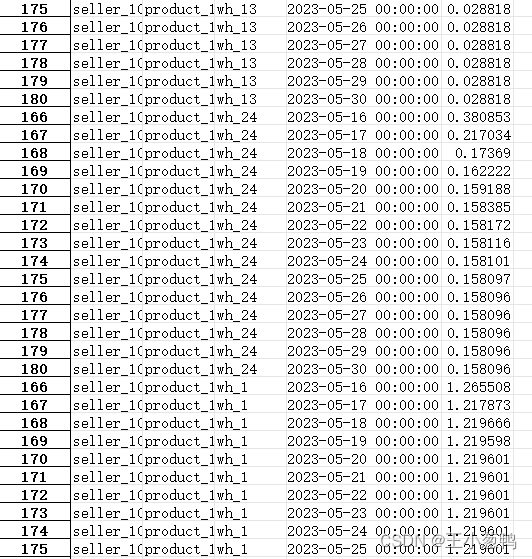
3 使用聚类算法做特征相似度
另外请讨论:根据数据分析及建模过程,这些由商家、仓库、商品形成的时间序列如何分类,使同一类别在需求上的特征最为相似?
3.1 先将数据转换为1996*166的格式
总共1996个组合,每个组合166条过去数据,需要先转换为1996*166的形式
for group_key, group_data in grouped:
seller_no, product_no, warehouse_no = group_key
date_qty_df = group_data[['date','qty']]
new_name = seller_no + "+" + product_no + "+" + warehouse_no
date_qty_df = date_qty_df.rename(columns={'qty': new_name})
# 进行列拼接,合并到 combined_data 中
date_qty_df_all = pd.merge(date_qty_df_all, date_qty_df, on='date', how='inner')
if i % 200 ==0:
print(i)
i+=1
3.2 使用聚类算法
遍历不同的簇数
for n_clusters in cluster_range:
kmeans = KMeans(n_clusters=n_clusters, random_state=0)
cluster_labels = kmeans.fit_predict(X)
silhouette_avg = silhouette_score(X, cluster_labels)
silhouette_scores.append(silhouette_avg)
# 绘制轮廓分数与簇数的关系图
#plt.figure(figsize=(10, 6))
plt.plot(cluster_range, silhouette_scores, marker='o')
plt.xlabel('簇数 (K)')
plt.ylabel('轮廓分数')
plt.title('K均值聚类 - 调节簇数')
plt.grid(True)
plt.show()
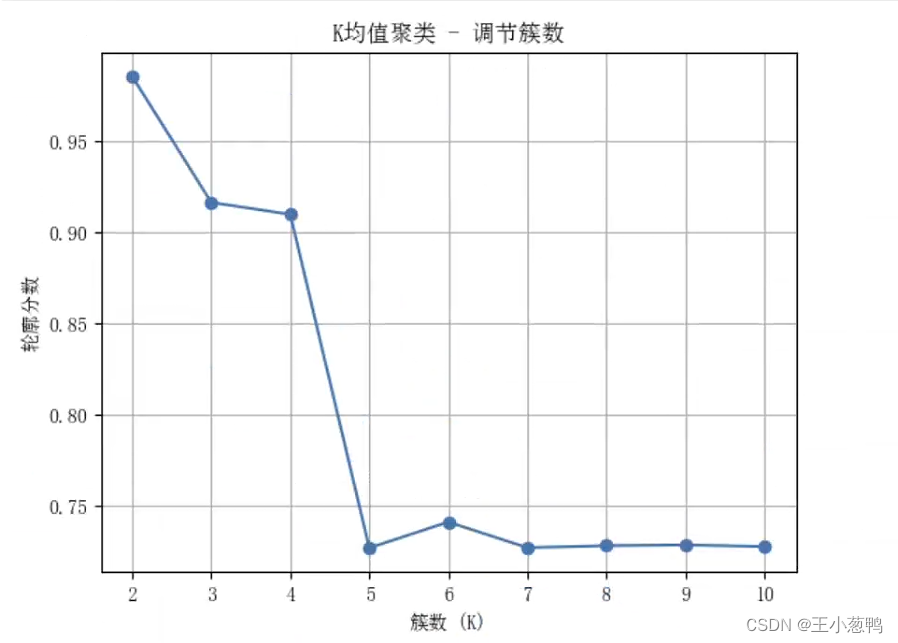
发现数目为5的时候效果最好
3.3 绘制显示每个类别的各个特征的权重
先将1996条数据按照商品编码3个信息划分到不同的类别,然后使用饼状图显示每个类别各个特征的权重绘图。
类别0的图像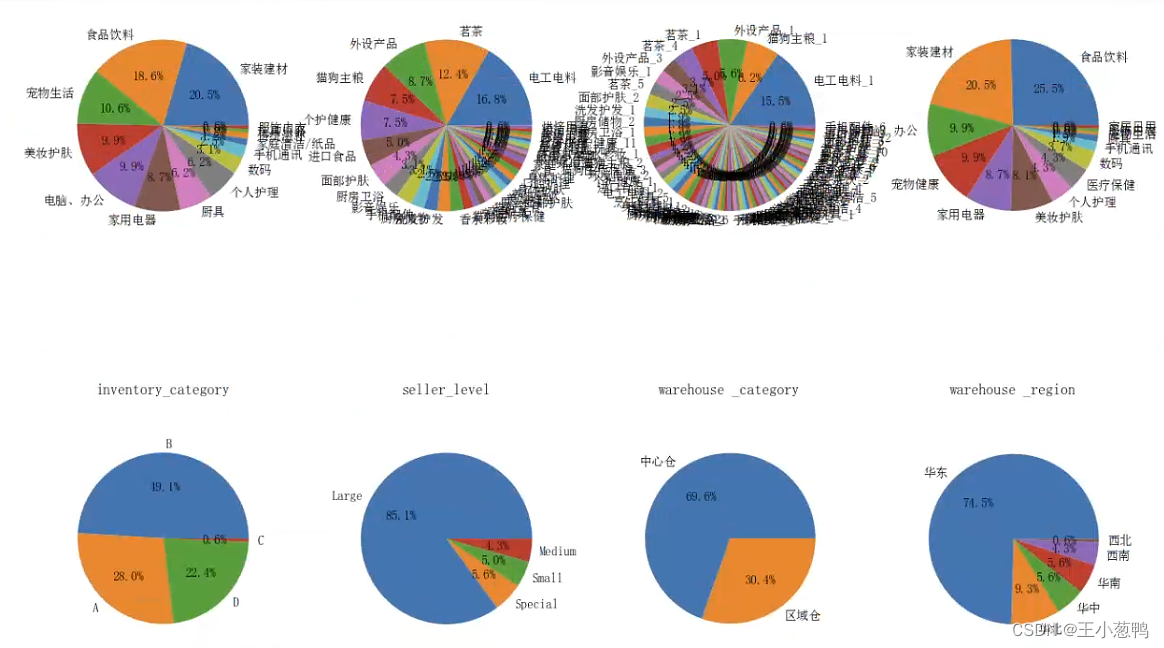 后续再具体分析。完整代码:https://docs.qq.com/doc/DWEtRempVZ1NSZHdQ
后续再具体分析。完整代码:https://docs.qq.com/doc/DWEtRempVZ1NSZHdQ
